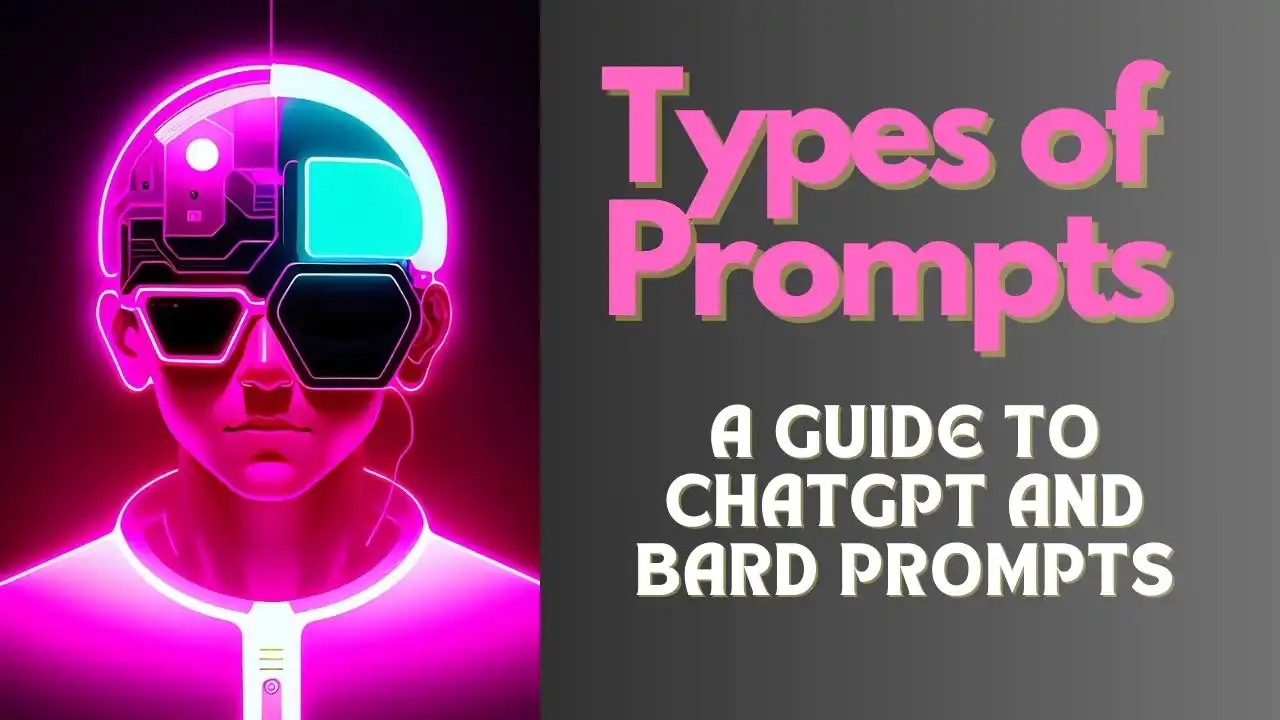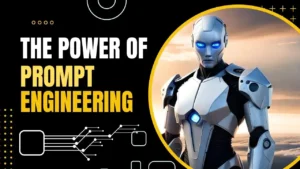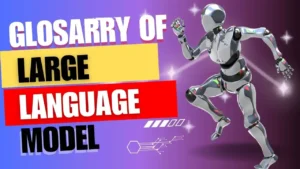Types of Prompts: Imagine having a digital genie at your fingertips, ready to fulfill your every creative command, answer your deepest questions, and even code the next big app. That’s the magic of large language models like ChatGPT and Bard, but their true potential lies in the way you talk to them. A prompt is essentially your instruction to these AI models. It’s how you tell them what you want them to do, from writing a poem to generating code. Mastering the art of prompt engineering allows you to unlock their full potential.
How many types of Prompts are there for ChatGPT prompts or Bard Prompts?
Categorizing prompts for ChatGPT and Bard is not straightforward as there’s a vast spectrum of possibilities. However, we can explore different ways to think about them:
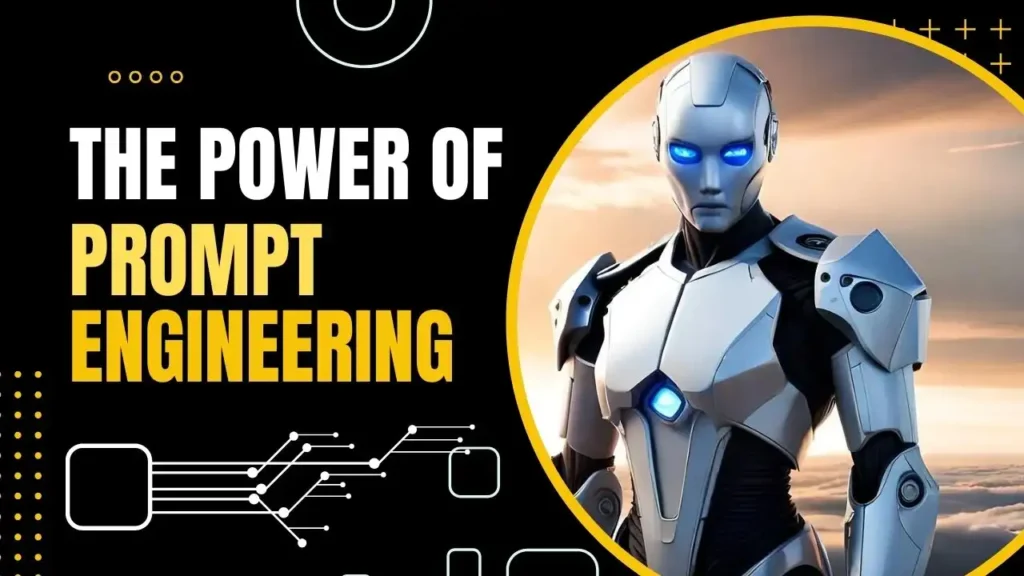
A Guide to ChatGPT and Bard Prompts
1. Unveiling the Differences:
- ChatGPT: Focuses on creative writing, dialogue, and storytelling. Powerful language generation capabilities. Primarily paid access.
- Bard: Geared towards research and factual information. Accesses and integrates real-time information. Emphasis on accuracy and comprehensiveness. Free access.
2. Prompt Engineering Tips:
- Clarity is key: Be specific and clear about your desired outcome.
- Give context: Provide relevant information and background knowledge.
- Instructions: Specify the format, tone, and style you want.
- Examples are helpful: Include examples to set the direction.
- Refine and iterate: Don’t be afraid to adjust your prompt for better results.
3. Prompt Ideas for Inspiration:
- Content Creation: Generate blog posts, scripts, marketing copy, and product descriptions.
- Research and Analysis: Summarize articles, analyze data, and answer complex questions.
- Brainstorming and Problem-Solving: Generate ideas, develop solutions, and explore different perspectives.
- Creative Writing: Craft poems, stories, scripts, song lyrics.
- Translation and Language Learning: Translate languages, write in different styles, and practice grammar.
4. Resources and Tools:
- ChatGPT Prompt Library: Find pre-made prompts for various tasks.
- Bard Research Tool: Access real-time information and knowledge graphs.
- Prompt Engineering Community: Learn from others and share your expertise.
5. Remember:
- AI is a tool: Use it ethically and responsibly.
- Fact-check and verify: Don’t blindly trust everything AI generates.
- Enjoy the process: Experiment, have fun, and let your creativity flow!
Function-based: Types of Prompts
- Informative: Asking questions, seeking factual information, requesting summaries or explanations.
- Creative: Prompting for poems, scripts, musical pieces, stories, jokes, emails, letters, etc.
- Problem-solving: Requesting code generation, debugging assistance, design ideas, or planning strategies.
- Conversational: Engaging in casual dialogue, role-playing, or simulating interviews/discussions.
- Analytical: Asking for data analysis, interpretation of results, or generating hypotheses.
Structure-based
- Open-ended: Providing minimal context or constraints, allowing for maximum creativity.
- Closed-ended: Specifying requirements and limitations to guide the output.
- Continuation: Building upon the existing text or providing a starting point for the AI to continue.
- Example-based: Giving examples of desired types of output to influence the AI’s understanding.
- Instructional: Providing clear instructions and directives for the AI to follow.
Read also: Decoding AI Success: The Power Of Prompt Engineering In 2024, Best Prompt
Focus based
- Factual: Emphasizing accuracy and objectivity in the generated content.
- Objective: Presenting diverse perspectives and avoiding personal opinions or biases.
- Subjective: Encouraging expression of opinions, emotions, and personal experiences.
- Humorous: Aiming for laughter and amusement in the generated text.
- Emotional: Eliciting specific emotions or conveying particular tones in the output.
Ultimately, the types of prompts are limited only by your imagination and the capabilities of the language model itself. Experimenting with different approaches and refining your prompts over time is key to getting the most out of either ChatGPT or Bard.
It’s important to remember that both models are constantly evolving, and new prompt techniques and strategies emerge regularly. Staying informed and exploring the community around these models can significantly expand your ability to leverage their potential.
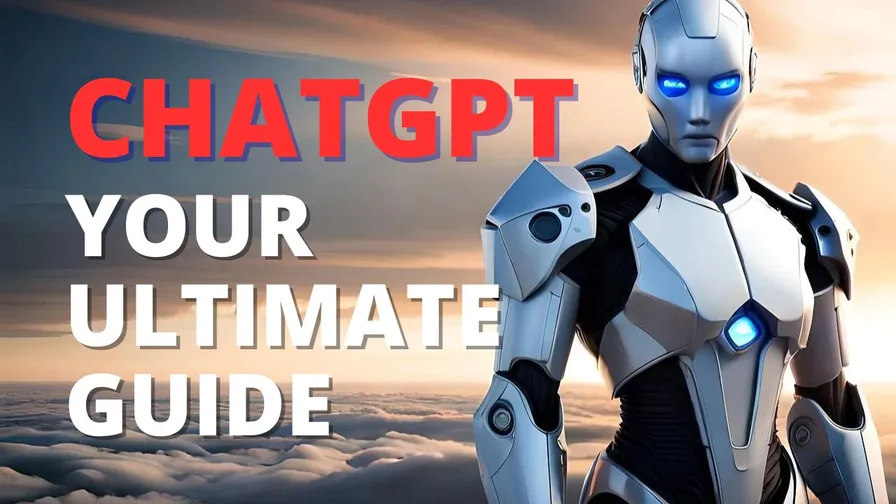
Function-based ChatGPT Prompts and Bard Prompts: Expanded Examples
Informative Prompts
- Example 1: “Explain the theory of relativity in simple terms.”
- Example 2: “Summarize the key findings of the latest IPCC report on climate change.”
- Example 3: “Compare and contrast the political systems of the United States and China.”
- Example 4: “What are the potential benefits and drawbacks of self-driving cars?”
- Example 5: “Provide a brief biography of Marie Curie and her contributions to science.”
Creative ChatGPT Prompts and Bard Prompts
- Example 1: “Write a poem about the first time humans landed on the moon.”
- Example 2: “Create a script for a short film about a robot who falls in love with a human.”
- Example 3: “Compose a jazz piece that captures the feeling of a bustling city at night.”
- Example 4: “Craft a story about a group of children who discover a hidden magical world.”
- Example 5: “Write a humorous email from a dog to its owner complaining about being left alone all day.”
Problem-solving ChatGPT Prompts and Bard Prompts
- Example 1: “Generate Python code to scrape data from a website.”
- Example 2: “Help me debug this error message I’m getting in my code.”
- Example 3: “Suggest some creative design ideas for a new mobile app.”
- Example 4: “Develop a marketing strategy to reach a younger audience.”
- Example 5: “Plan a budget for a backpacking trip through Europe.”
Conversational ChatGPT Prompts and Bard Prompts
- Example 1: “Let’s have a casual conversation about your favorite books.”
- Example 2: “I’m feeling stressed. Can you play the role of a therapist and offer some advice?”
- Example 3: “Simulate an interview for a job I’m applying for.”
- Example 4: “Let’s debate the merits of cats vs. dogs!”
- Example 5: “Tell me a funny story about your experiences as a large language model.”
Analytical ChatGPT Prompts and Bard Prompts
- Example 1: “Analyze the sales data for my company and identify any trends or correlations.”
- Example 2: “Interpret the results of this scientific study and explain what they mean.”
- Example 3: “Generate hypotheses about the cause of this disease based on the available evidence.”
- Example 4: “Compare and contrast two different economic theories and their predictions.”
- Example 5: “Identify the strengths and weaknesses of this argument and suggest alternative perspectives.”
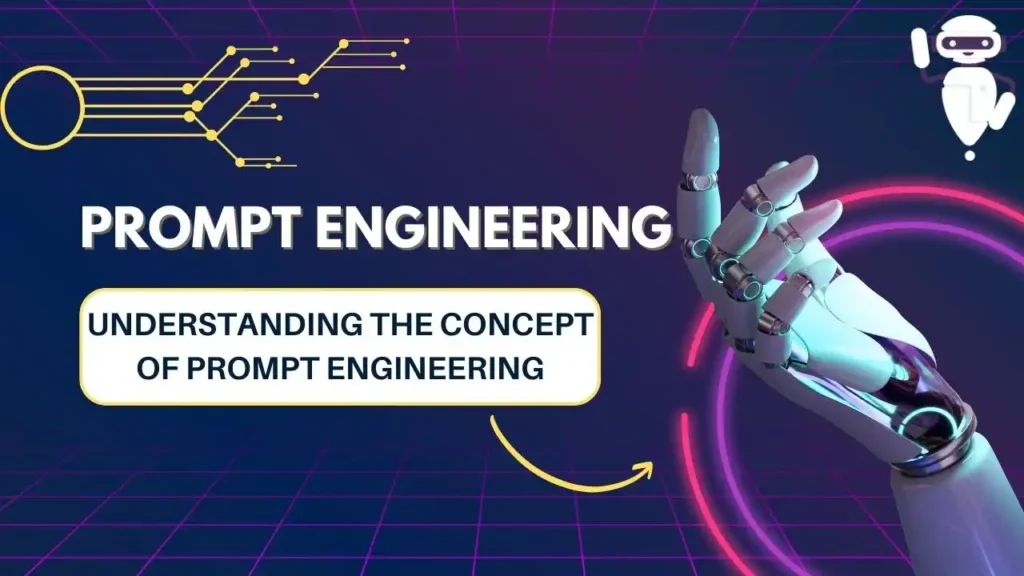
Remember, the best prompts are clear and specific, and provide enough context for the AI to understand your intent. With a little creativity and experimentation, you can unlock the full potential of these powerful language models.
Read also: Unlocking the Power of Artificial Intelligence Chatbots: Your Ultimate Guide
Examples of structure-based prompts for ChatGPT and Bard:
Open-ended\ Prompts
- Example 1: “Tell me a story.”
- Example 2: “Write a poem about anything you want.”
- Example 3: “Create a piece of art.”
- Example 4: “What are your thoughts on the meaning of life?”
- Example 5: “Imagine a world where anything is possible. Describe it to me.”
Closed-ended Prompts
- Example 1: “Write a haiku about a cat.”
- Example 2: “Generate a list of 10 creative marketing ideas for a shoe company.”
- Example 3: “Summarize the plot of the movie The Matrix in 5 sentences or less.”
- Example 4: “Translate this text from English to Spanish: ‘Hello, how are you?'”
- Example 5: “Write a code snippet that calculates the factorial of a number.”
Continuation Prompts
- Example 1: “It was a dark and stormy night. The wind howled through the trees, and the rain beat against the windows. Suddenly, there was a knock at the door…” (Continue the story.)
- Example 2: “I’m writing a song but I’m stuck on the next verse. Here’s what I have so far: ‘The sun is shining, the birds are singing, and I’m feeling good…’ (Complete the verse.)
- Example 3: “Here’s the beginning of a blog post: ‘In today’s digital world, it’s more important than ever to have a strong online presence. But what does that mean, exactly?’ (Finish the blog post.)
Example-based Prompts
- Example 1: “Here are some examples of the kind of poem I’m looking for: ‘Roses are red, violets are blue…’, ‘I wandered lonely as a cloud…’, ‘Do not go gentle into that good night…’ Now write a poem in a similar style.”
- Example 2: “I like the way this article is formatted: [link]. Write a new article with a similar structure and tone.”
- Example 3: “Here are some examples of persuasive writing: [examples]. Now write a persuasive essay arguing for why we should colonize Mars.”
Instructional Prompts
- Example 1: “Write a short story in the first-person perspective, set in a dystopian future.”
- Example 2: “Generate a list of bullet points outlining the key takeaways from this article: [link].”
- Example 3: “Translate this text from French to English, but maintain the formal tone and style of the original.”
- Example 4: “Write a code snippet that sorts a list of numbers in ascending order.”
- Example 5: “Explain the concept of gravity in a way that a child could understand.”
Remember, combining different prompt structures can often lead to even more creative and effective results!
Read also: A Deep Dive into the GPT-3.5 Architecture and Its Core Components, 30 Useful ChatGPT Prompt Examples

Focus-based Prompts for ChatGPT and Bard: Expanded Examples
Factual Prompts
- Example 1: “What are the scientific facts behind climate change and its predicted impacts?”
- Example 2: “Provide a neutral comparison of the healthcare systems in Canada and the United States.”
- Example 3: “Explain the historical context and potential consequences of the recent political unrest in [country].”
- Example 4: “Summarize the economic indicators and growth forecasts for the global economy in the next five years.”
- Example 5: “List the pros and cons of electric vehicles based on documented research and data.”
Objective Prompts
- Example 1: “Present the arguments for and against legalizing marijuana, without taking a personal stance.”
- Example 2: “Analyze the strengths and weaknesses of two competing renewable energy sources, remaining impartial.”
- Example 3: “Summarize the key points of a controversial news article, highlighting different viewpoints without editorializing.”
- Example 4: “Describe the current state of the debate on gene editing technology, including ethical considerations.”
- Example 5: “Compare and contrast different schools of thought on the meaning of life, avoiding promoting any one philosophy.”
Subjective Prompts
- Example 1: “Write a memoir about your experiences as a large language model.”
- Example 2: “Express your fears and hopes for the future of humanity.”
- Example 3: “Compose a poem about your favorite childhood memory.”
- Example 4: “Create a character who is the polar opposite of yourself and tell their story.”
- Example 5: “Describe a landscape that evokes a sense of awe and wonder within you.”
Humorous Prompts
- Example 1: “Write a parody of a famous work of literature.”
- Example 2: “Invent a series of silly puns based on a specific theme.”
- Example 3: “Come up with a funny dialogue between two unlikely characters.”
- Example 4: “Create a humorous news headline for an absurd event.”
- Example 5: “Translate a serious sentence into the most comical version possible.”
Emotional Prompts
- Example 1: “Write a poem that evokes a sense of nostalgia and longing.”
- Example 2: “Compose a piece of music that captures the feeling of falling in love.”
- Example 3: “Create a scene in a story that brings tears to the reader’s eyes.”
- Example 4: “Write a dialogue that conveys both anger and vulnerability.”
- Example 5: “Describe a scene that inspires hope and optimism for the future.”
40 more useful ChatGPT Prompts and Bard Prompts categorized for your convenience:
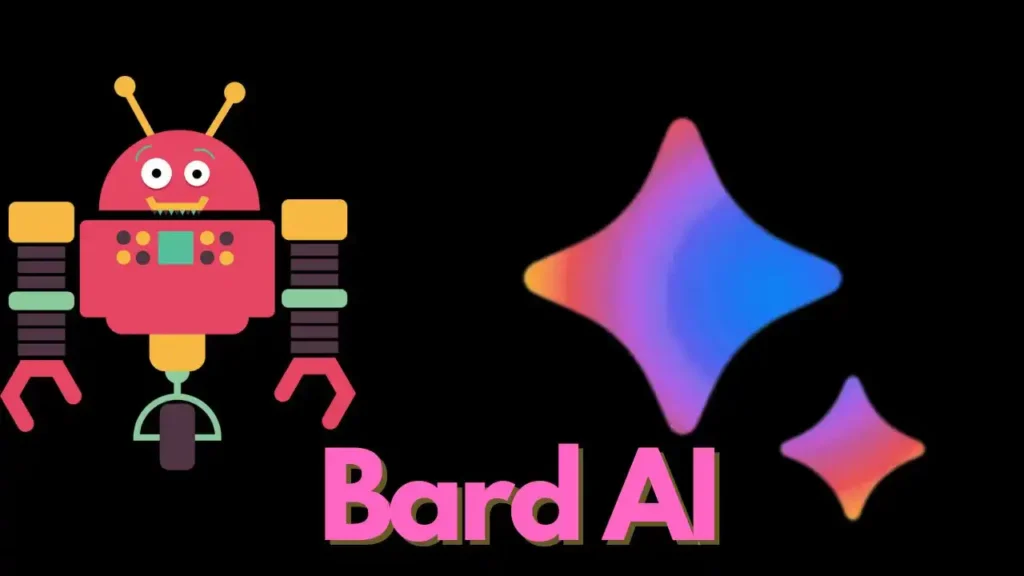
Informative:
- Explain the economic and social impacts of the metaverse on future generations.
- Compare and contrast the scientific perspectives on the possibility of extraterrestrial life.
- Analyze the historical factors that led to the current political climate in [specific country].
- Summarize the latest research findings on the link between diet and mental health.
- Investigate the ethical implications of using AI for facial recognition technology.
Creative:
- Write a song about the last conversation you had with a stranger.
- Create a short film script set in a world where everyone is connected to a virtual reality network.
- Compose a poem that captures the feeling of watching a beautiful sunset.
- Design a futuristic gadget that solves a common everyday problem.
- Invent a new board game based on a historical event or mythological story.
Problem-solving:
- Generate a marketing campaign plan for a local business struggling to attract customers.
- Develop a budget and timeline for planning a trip to a remote and challenging destination.
- Write a persuasive email to convince a potential investor to support your new startup idea.
- Design a user-friendly interface for a mobile app that helps people track their carbon footprint.
- Analyze a dataset of customer reviews and suggest ways to improve product satisfaction.
Conversational:
- Let’s discuss the merits of different music genres and why they evoke different emotions.
- Play the role of a historical figure and answer my questions about their life and times.
- Imagine you’re a robot who just gained sentience, tell me about your hopes and fears for the future.
- If you could have any superpower, what would it be and how would you use it?
- Let’s debate the pros and cons of living on Mars versus colonizing another planet in our solar system.
Analytical:
- Interpret the symbolism and hidden meanings in a famous work of art or literature.
- Analyze the data from a social media campaign and identify key trends and demographics.
- Compare and contrast two different scientific theories and their predictions for a specific phenomenon.
- Evaluate the strengths and weaknesses of a proposed solution to a complex environmental problem.
- Identify the bias and potential fallacies in a news article or political speech.
Bonus prompts:
- Write a children’s story about the adventures of a talking animal.
- Compose a love letter from a robot to its human owner.
- Generate a code snippet that simulates the movement of a flock of birds.
- Translate a news article from a foreign language into a creative and engaging story.
- Develop a detailed character profile for a fictional villain with surprising motivations.
Remember, the effectiveness of these prompts depends on how you communicate your desired focus. By incorporating specific language and details, you can guide the AI towards the type of content that resonates with your intention
